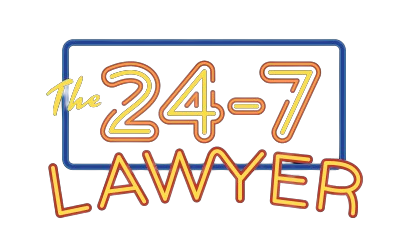When someone suffers an injury due to another party’s negligence—whether in a car accident, a slip-and-fall, or another unfortunate event—understanding the types of compensation available is essential. Personal injury cases involve different categories of damages, primarily economic and non-economic damages. In some situations, punitive damages may also be awarded.
Knowing the distinctions between these types of damages can help injured individuals seek fair compensation for their losses. This article breaks down economic and non-economic damages and explains their role in personal injury claims.
Economic Damages: Tangible and Measurable Losses
Economic damages refer to direct financial losses caused by an injury. These damages can be easily calculated based on receipts, bills, and financial records. Their purpose is to reimburse the injured party for out-of-pocket costs and lost income.
Common Types of Economic Damages
- Medical Expenses
Medical costs often make up the bulk of a personal injury claim. Compensation can cover hospital stays, surgeries, doctor visits, medication, rehabilitation, and necessary medical equipment. - Lost Wages & Reduced Earning Capacity
If an injury prevents a person from working, they may be entitled to compensation for lost wages. If the injury results in long-term or permanent impairment, damages can also include future lost income. - Property Damage
In cases like car accidents, compensation may cover the cost of repairing or replacing damaged property, including vehicles and personal belongings. - Out-of-Pocket Expenses
Other costs directly tied to the injury—such as transportation for medical visits, home modifications for accessibility, or hiring help for household tasks—may be covered. - Future Medical Costs
Some injuries require long-term treatment, ongoing therapy, or multiple surgeries. Economic damages account for these future expenses to ensure the injured party isn’t left covering them out of pocket.
Non-Economic Damages: The Human Cost of Injury
While economic damages address financial losses, non-economic damages cover the emotional and psychological impact of an injury. These damages acknowledge the pain, suffering, and lifestyle disruptions caused by an accident.
Common Types of Non-Economic Damages
- Pain and Suffering
Compensation for physical pain and discomfort caused by an injury, including chronic pain or long-term suffering. - Emotional Distress & Psychological Trauma
Injuries often lead to emotional challenges such as anxiety, depression, PTSD, or loss of sleep. Victims may be eligible for compensation for these mental health impacts. - Loss of Enjoyment of Life
When an injury prevents someone from enjoying hobbies, exercise, or daily activities they once loved, compensation may be awarded. - Loss of Consortium
If an injury negatively affects personal relationships, particularly with a spouse or family, damages may be granted for the loss of companionship, affection, or intimacy.
Since non-economic damages don’t come with a set price tag, courts evaluate factors such as the severity of the injury, its long-term effects, and case precedents to determine a fair amount.
How Personal Injury Damages Are Calculated
Determining compensation involves analyzing the extent of the victim’s losses and the impact of the injury on their life. Several factors influence the final amount:
- The severity of the injury (e.g., a minor fracture vs. permanent paralysis)
- Medical expenses and required ongoing care
- Impact on employment and ability to earn
- Emotional and psychological suffering
- Long-term or permanent disability
Punitive Damages: When Additional Compensation Is Awarded
Punitive damages are awarded in cases where the at-fault party’s actions were particularly reckless or intentional. Unlike economic and non-economic damages, which compensate the victim, punitive damages serve as a deterrent to prevent similar misconduct in the future.
Building a Strong Personal Injury Claim
To secure compensation, the injured party must establish liability by proving:
- Duty of Care – The at-fault party had a responsibility to act safely (e.g., a driver must follow traffic laws).
- Breach of Duty – The responsible party acted negligently (e.g., running a red light, ignoring workplace safety rules).
- Causation – The negligent action directly caused the injury.
- Damages – The victim suffered financial, physical, or emotional harm as a result.
Working with an experienced personal injury attorney can significantly improve the chances of receiving full and fair compensation. A lawyer can help gather evidence, negotiate with insurance companies, and advocate for the injured party in court.
Final Thoughts
Personal injury cases involve both economic damages, which reimburse financial losses, and non-economic damages, which compensate for pain, suffering, and lifestyle changes. Understanding these categories can help injury victims seek the full compensation they deserve.
If you or a loved one has suffered an injury due to someone else’s negligence, consulting a personal injury lawyer can be a crucial step in rebuilding your life and securing fair compensation.

